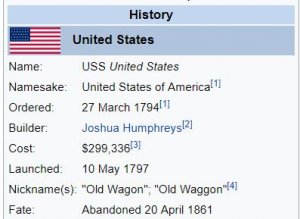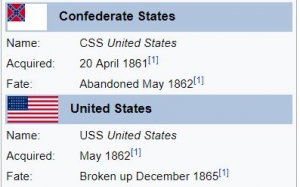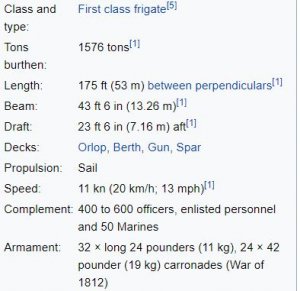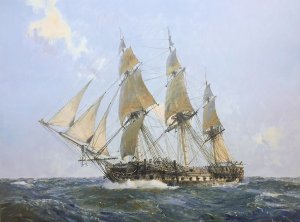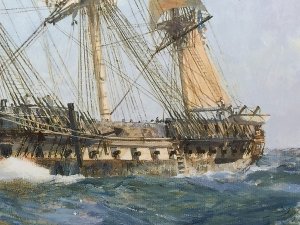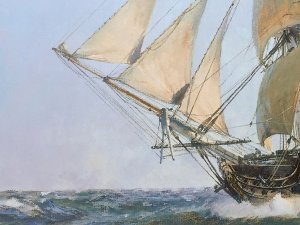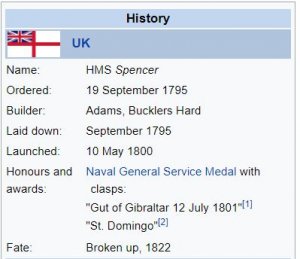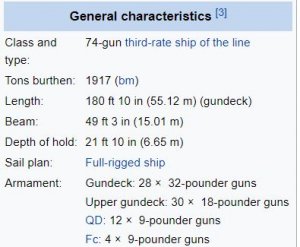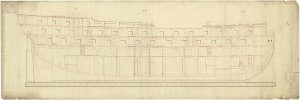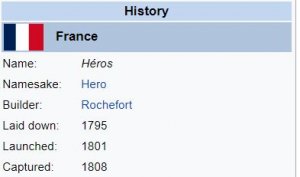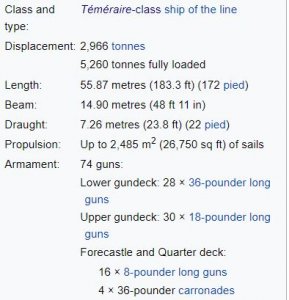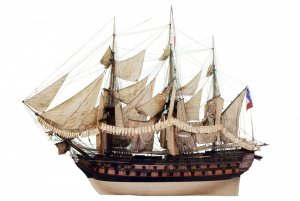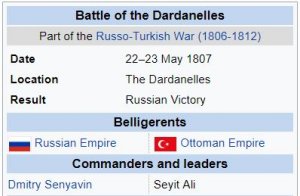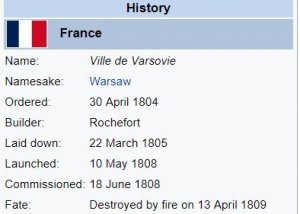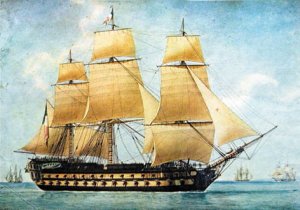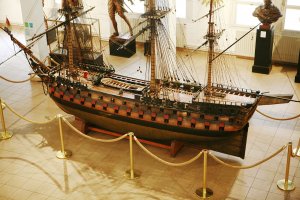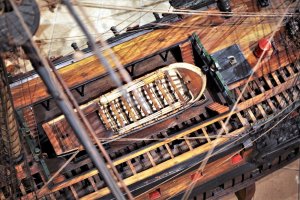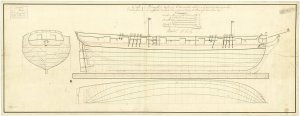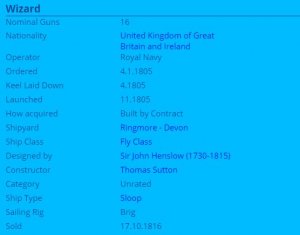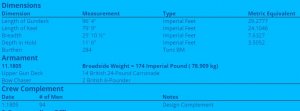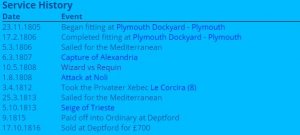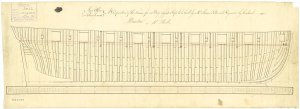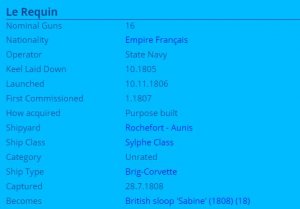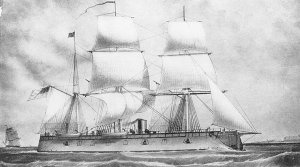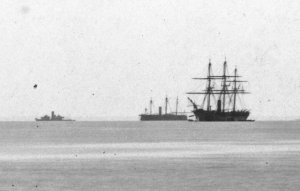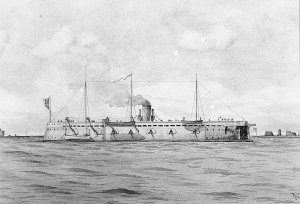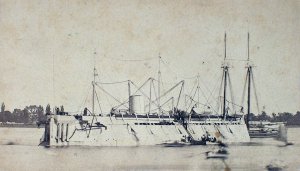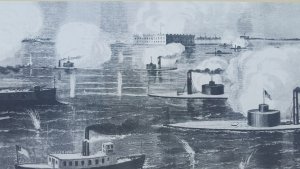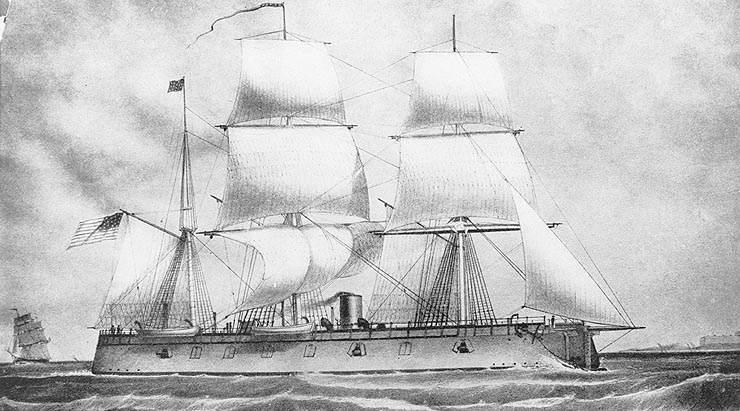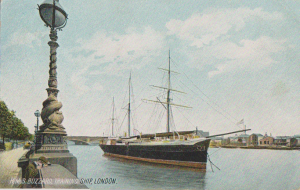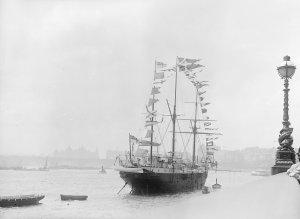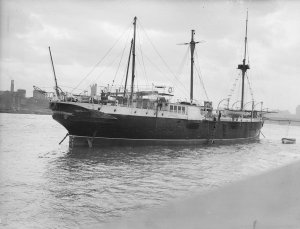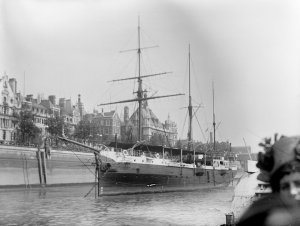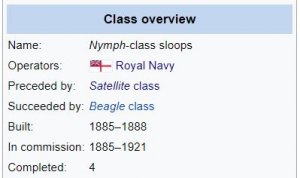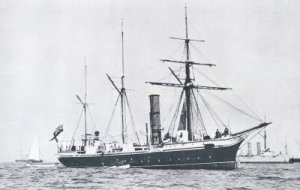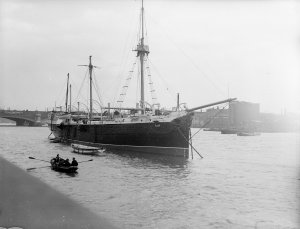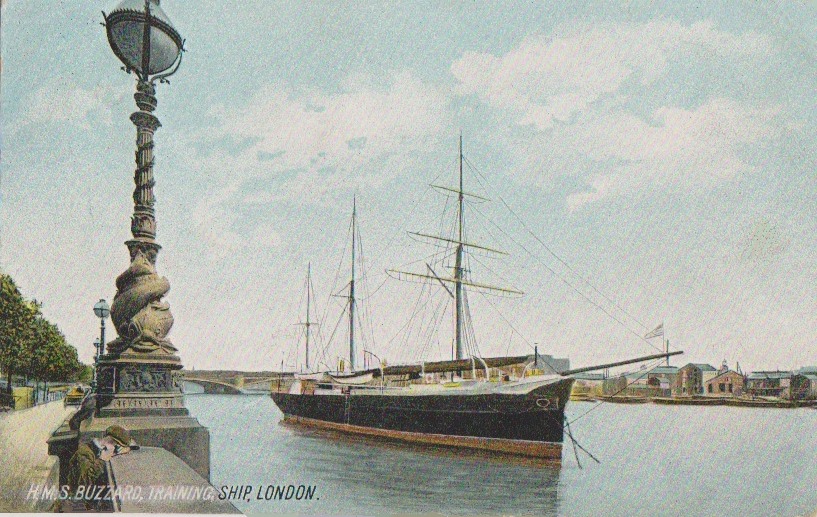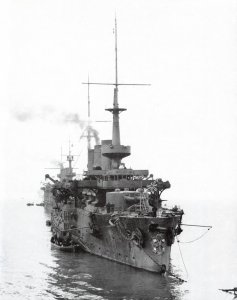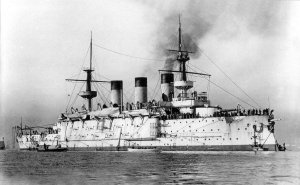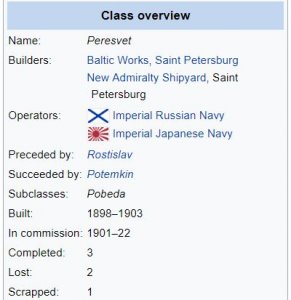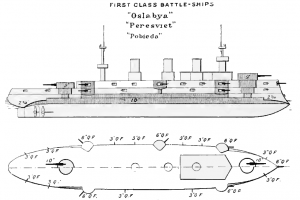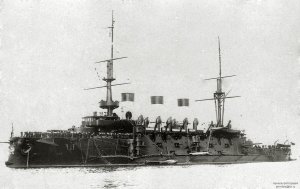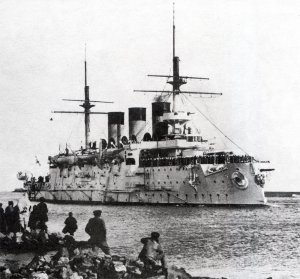Today in Naval History - Naval / Maritime Events in History
9 May 1902 – Launch of French cruiser Amiral Aube, a Gloire-class armored cruiser built for the French Navy in the early 1900s
The French cruiser Amiral Aube was a Gloire-class armored cruiser built for the French Navy in the early 1900s. She served in the English Channel and the Mediterranean during World War I. In early 1918, the ship was sent to Murmansk to support Allied forces during the when they intervened in the Russian Civil War. Amiral Aube was placed in reserve in 1919 and sold for scrap in 1922
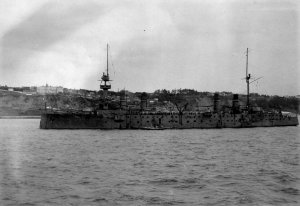
Amiral Aube at the Quebec Tercentenary, 1908
Design and description
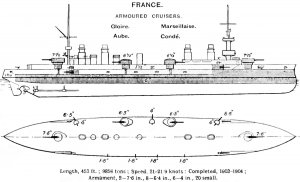
Right elevation and plan of the Gloire-class armored cruisers
The Gloire-class ships were designed as enlarged and improved versions of the Gueydon-class armored cruisers by Emile Bertin. Her crew numbered 612 officers and men. The ship measured 139.8 meters (458 ft 8 in) overall, with a beam of 20.2 meters (66 ft 3 in). Amiral Aube had a draft of 7.7 meters (25 ft 3 in) and displaced 10,014 metric tons (9,856 long tons).
The ship had three propeller shafts, each powered by one vertical triple-expansion steam engine, which were rated at a total of 20,500 indicated horsepower(15,300 kW). Twenty-four Belleville water-tube boilers provided steam for her engines. She had a designed speed of 21.5 knots (39.8 km/h; 24.7 mph). She carried up to 1,590 long tons (1,620 t) of coal and could steam for 12,000 nautical miles (22,000 km; 14,000 mi) at a speed of 10 knots (19 km/h; 12 mph).
Amiral Aube's main armament consisted of two 194 mm (7.6 in) guns mounted in single-gun turrets fore and aft. Her intermediate armament was eight 164 mm (6.5 in) guns. Four of these were in single gun turrets on the sides of the ship and the other four were in casemates. For anti-torpedo boat defense, she carried six 100 mm (3.9 in) guns in casemates and eighteen 47 mm (1.9 in) Hotchkiss guns. She was also armed with five 450-millimeter (17.7 in) torpedo tubes; two of these were submerged and the others were above water.
The waterline armored belt of the Gloire-class ships was 170 millimeters (6.7 in) thick amidships and tapered to 106 millimeters (4.2 in) towards the bow and stern. Above the main belt was a thinner strake of armor, 127 millimeters (5 in) thick that also tapered to 106 mm at the ends of the ship. The conning tower had armored sides 150 millimeters (5.9 in) thick. The main gun turrets were protected by 173 millimeters (6.8 in) of armor and the intermediate turrets by 120 millimeters (4.7 in). The flat part of the lower armored deck was 45 millimeters (1.8 in), but increased to 64 millimeters (2.5 in) as it sloped down to the sides of the ship.
Service history
Amiral Aube was laid down at the Chantiers de Penhoët shipyard in Saint-Nazaire on 24 May 1899[4] and was launched on 9 May 1902. The ship was completed on 17 April 1904. When World War I began, the cruiser was assigned to the Training Squadron which reinforced the 2nd Light Squadron at Brest. She patrolled the English Channel for the rest of 1914, before going to the Eastern Mediterranean the following year. In March 1918, Amiral Aube was sent to North Russia to support the Allied intervention there. She was placed in reserve in 1918, stricken on 4 April 1922 and sold for scrap on 15 September.
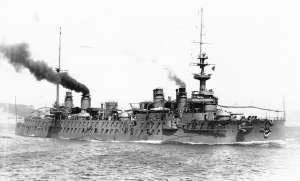
Gloire in 1913
The Gloire-class cruisers were a group of five armored cruisers built for the French Navy during the first decade of the 20th century.
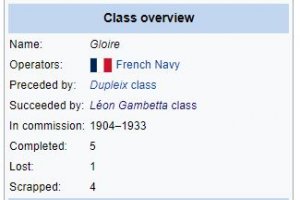
Ships
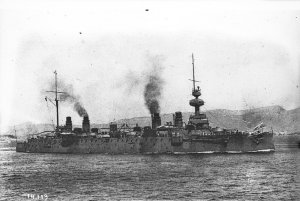
The French cruiser Marseillaise, 1911.

 en.wikipedia.org
en.wikipedia.org
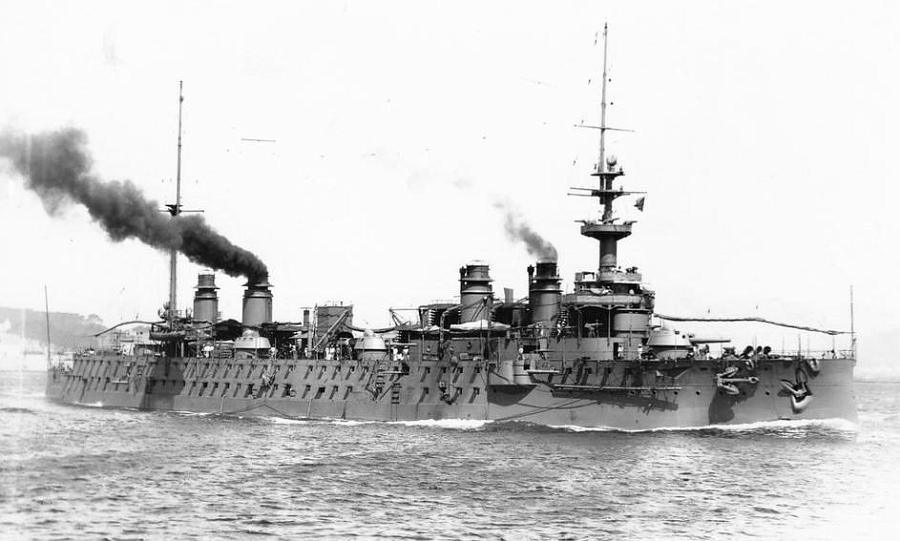
 en.wikipedia.org
en.wikipedia.org
9 May 1902 – Launch of French cruiser Amiral Aube, a Gloire-class armored cruiser built for the French Navy in the early 1900s
The French cruiser Amiral Aube was a Gloire-class armored cruiser built for the French Navy in the early 1900s. She served in the English Channel and the Mediterranean during World War I. In early 1918, the ship was sent to Murmansk to support Allied forces during the when they intervened in the Russian Civil War. Amiral Aube was placed in reserve in 1919 and sold for scrap in 1922

Amiral Aube at the Quebec Tercentenary, 1908
Design and description

Right elevation and plan of the Gloire-class armored cruisers
The Gloire-class ships were designed as enlarged and improved versions of the Gueydon-class armored cruisers by Emile Bertin. Her crew numbered 612 officers and men. The ship measured 139.8 meters (458 ft 8 in) overall, with a beam of 20.2 meters (66 ft 3 in). Amiral Aube had a draft of 7.7 meters (25 ft 3 in) and displaced 10,014 metric tons (9,856 long tons).
The ship had three propeller shafts, each powered by one vertical triple-expansion steam engine, which were rated at a total of 20,500 indicated horsepower(15,300 kW). Twenty-four Belleville water-tube boilers provided steam for her engines. She had a designed speed of 21.5 knots (39.8 km/h; 24.7 mph). She carried up to 1,590 long tons (1,620 t) of coal and could steam for 12,000 nautical miles (22,000 km; 14,000 mi) at a speed of 10 knots (19 km/h; 12 mph).
Amiral Aube's main armament consisted of two 194 mm (7.6 in) guns mounted in single-gun turrets fore and aft. Her intermediate armament was eight 164 mm (6.5 in) guns. Four of these were in single gun turrets on the sides of the ship and the other four were in casemates. For anti-torpedo boat defense, she carried six 100 mm (3.9 in) guns in casemates and eighteen 47 mm (1.9 in) Hotchkiss guns. She was also armed with five 450-millimeter (17.7 in) torpedo tubes; two of these were submerged and the others were above water.
The waterline armored belt of the Gloire-class ships was 170 millimeters (6.7 in) thick amidships and tapered to 106 millimeters (4.2 in) towards the bow and stern. Above the main belt was a thinner strake of armor, 127 millimeters (5 in) thick that also tapered to 106 mm at the ends of the ship. The conning tower had armored sides 150 millimeters (5.9 in) thick. The main gun turrets were protected by 173 millimeters (6.8 in) of armor and the intermediate turrets by 120 millimeters (4.7 in). The flat part of the lower armored deck was 45 millimeters (1.8 in), but increased to 64 millimeters (2.5 in) as it sloped down to the sides of the ship.
Service history
Amiral Aube was laid down at the Chantiers de Penhoët shipyard in Saint-Nazaire on 24 May 1899[4] and was launched on 9 May 1902. The ship was completed on 17 April 1904. When World War I began, the cruiser was assigned to the Training Squadron which reinforced the 2nd Light Squadron at Brest. She patrolled the English Channel for the rest of 1914, before going to the Eastern Mediterranean the following year. In March 1918, Amiral Aube was sent to North Russia to support the Allied intervention there. She was placed in reserve in 1918, stricken on 4 April 1922 and sold for scrap on 15 September.

Gloire in 1913
The Gloire-class cruisers were a group of five armored cruisers built for the French Navy during the first decade of the 20th century.

Ships
- Gloire, launched 27 June 1900. Decommissioned in 1922 and subsequently broken up.
- Marseillaise, launched 14 July 1900. Decommissioned in 1929 and subsequently broken up.
- Sully, launched June 1901. Wrecked in Halong Bay, Tonkin, French Indochina, 30 September 1905.
- Condé, launched 12 March 1902. Decommissioned in 1933 and used as a target.
- Amiral Aube, launched 9 May 1902. Decommissioned in 1922 and subsequently broken up.

The French cruiser Marseillaise, 1911.

French cruiser Amiral Aube - Wikipedia



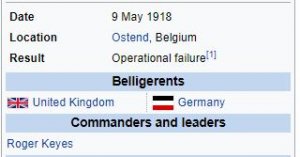
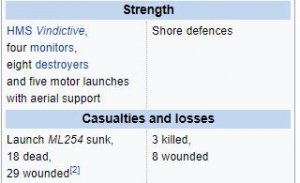
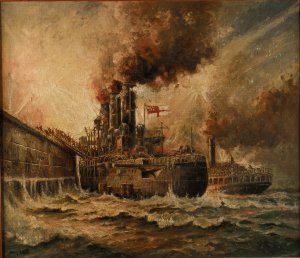
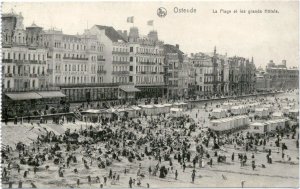

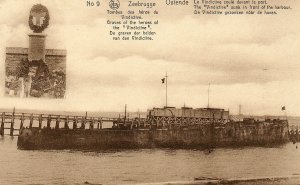
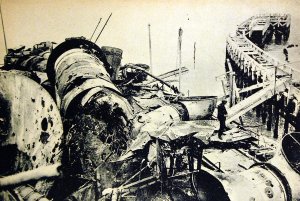
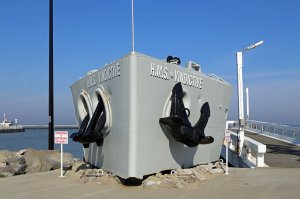
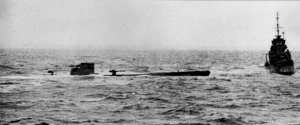
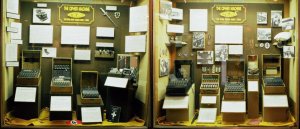
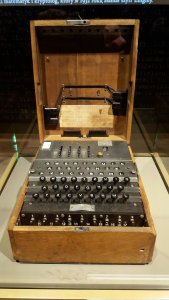
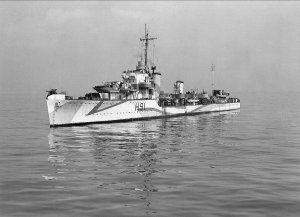

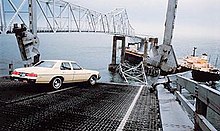
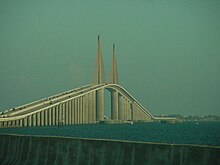
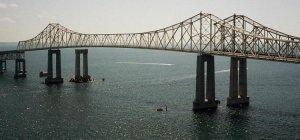
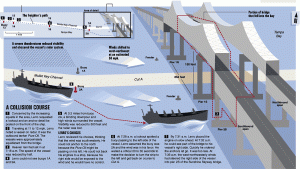
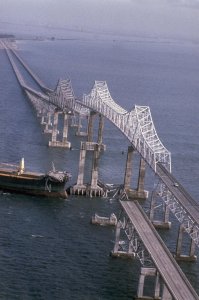
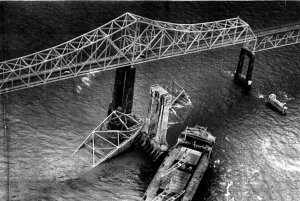
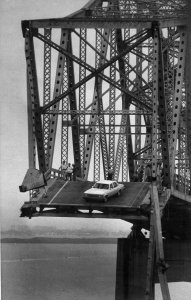
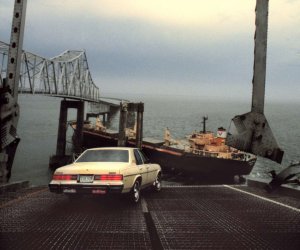

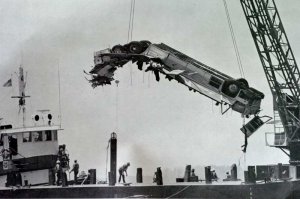
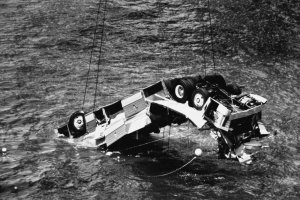
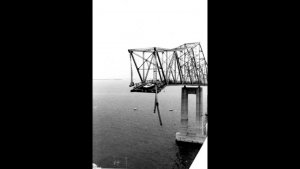
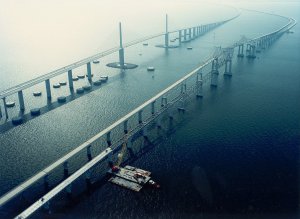
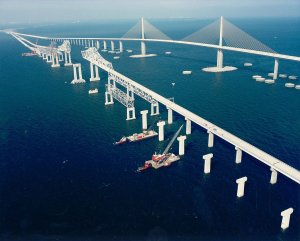

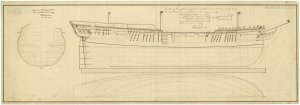
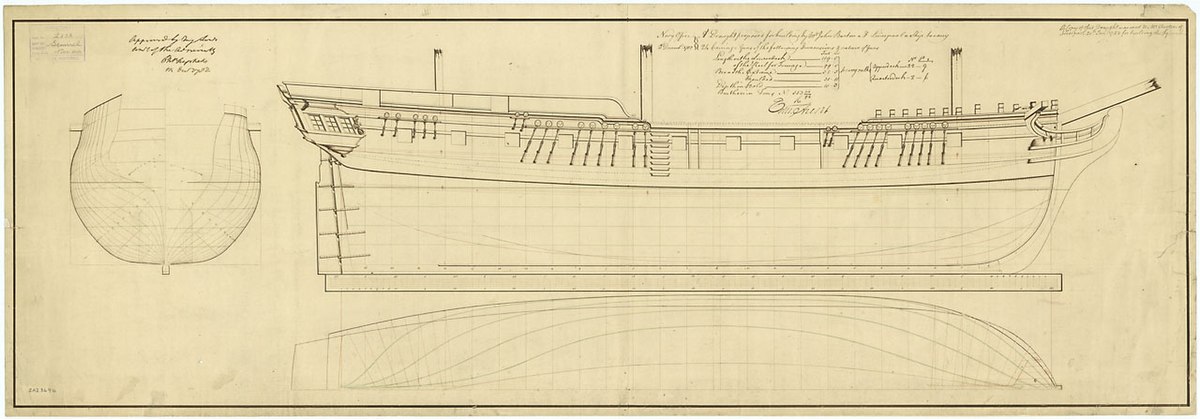

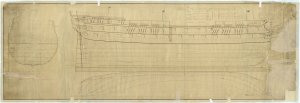
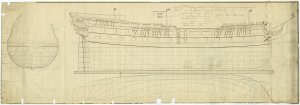
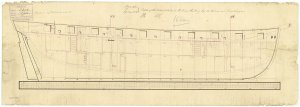

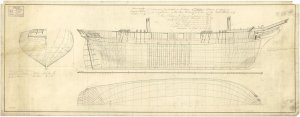
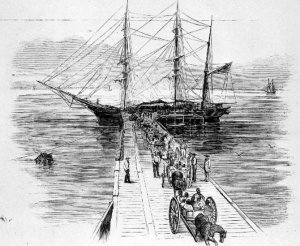


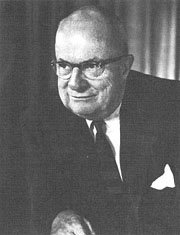
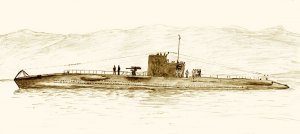

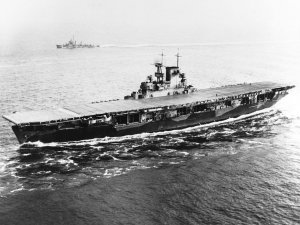
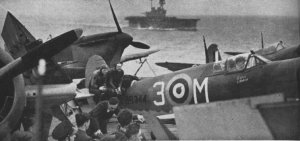
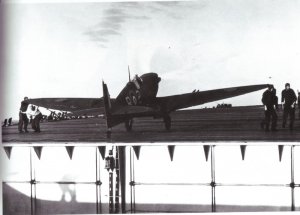
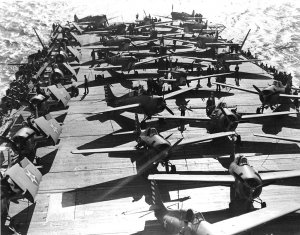

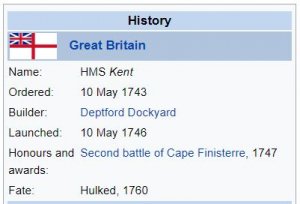
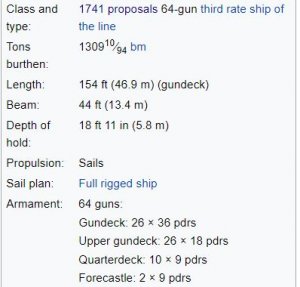

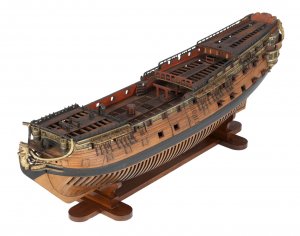
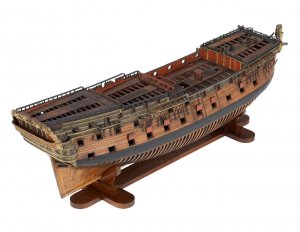
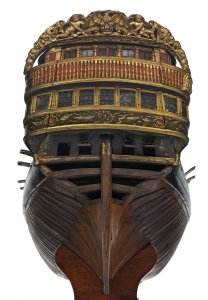
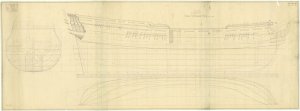
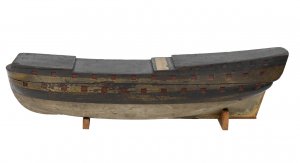
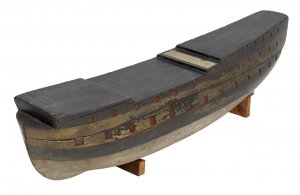
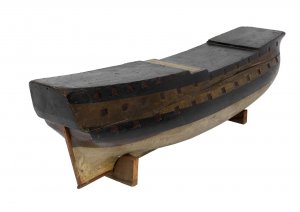

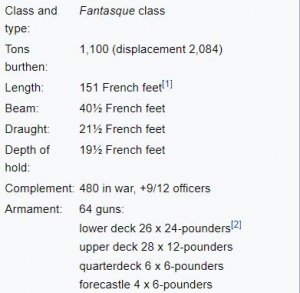
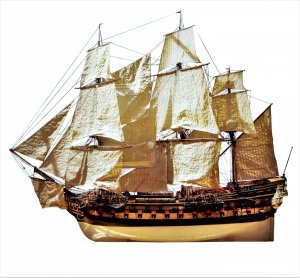
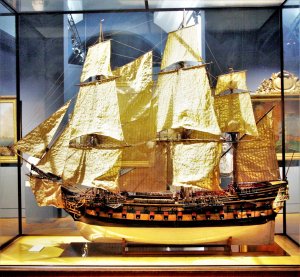
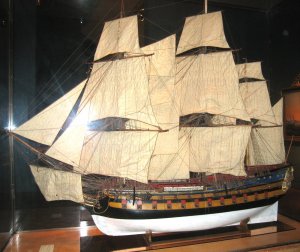
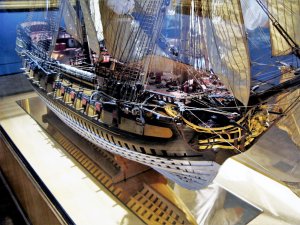

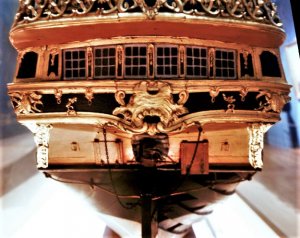
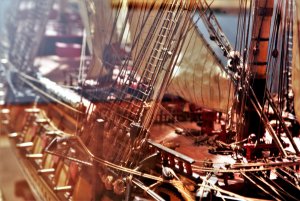
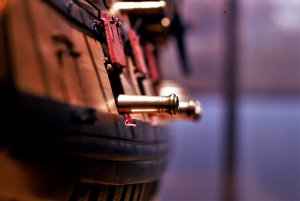
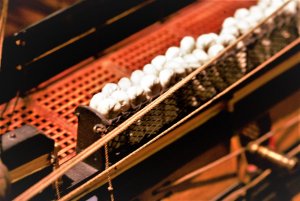
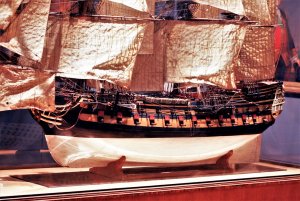
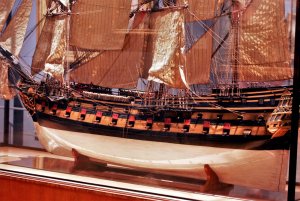
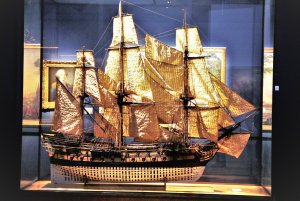
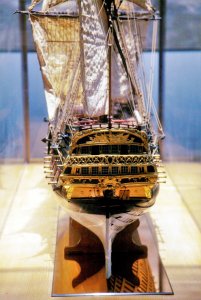

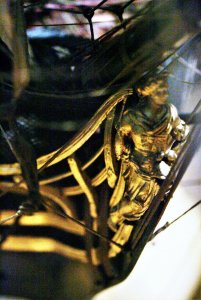
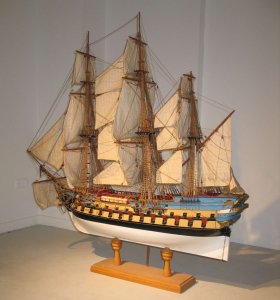
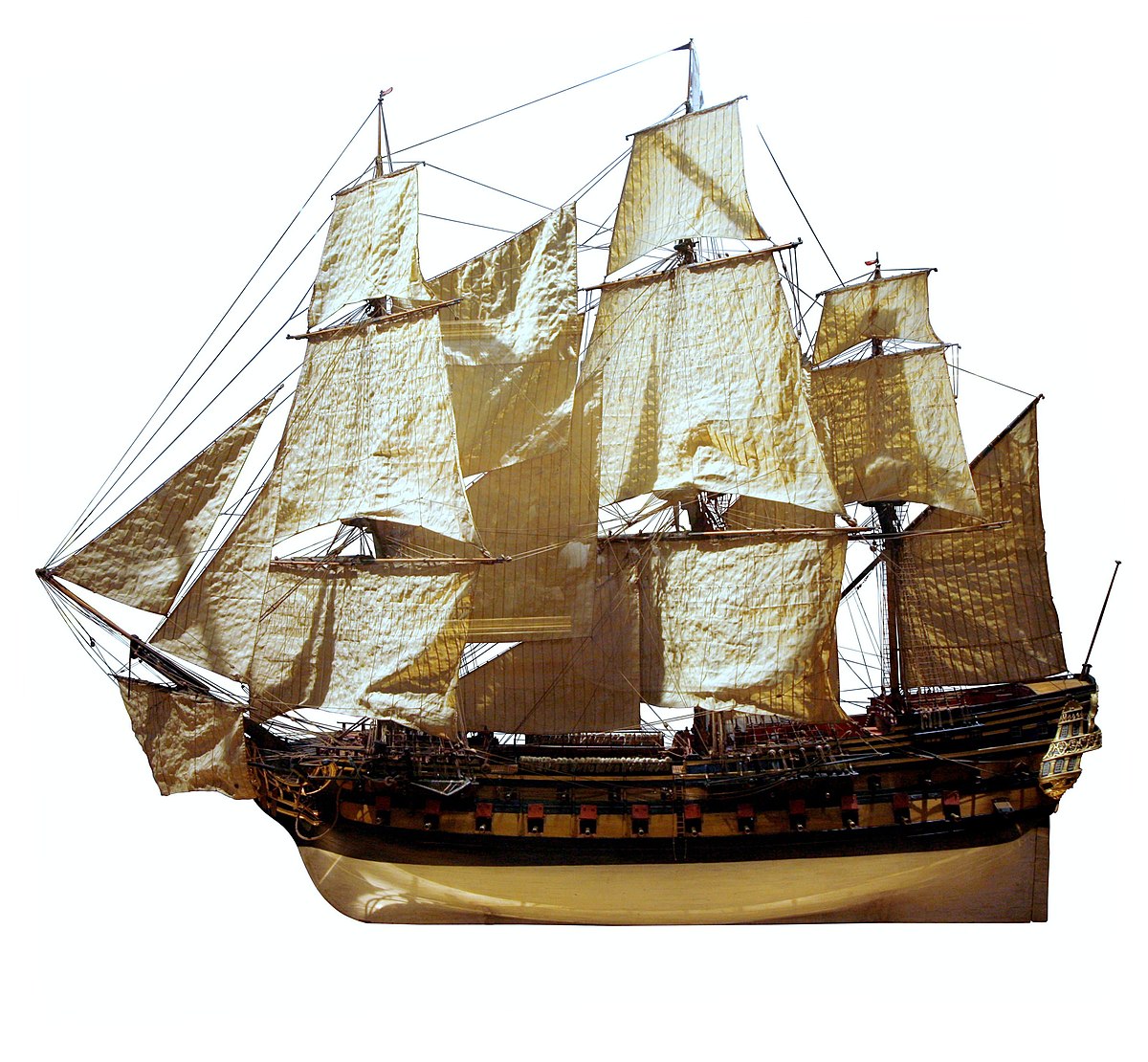

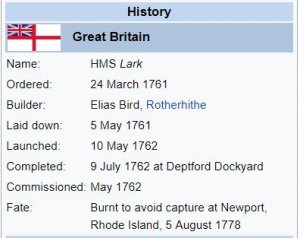
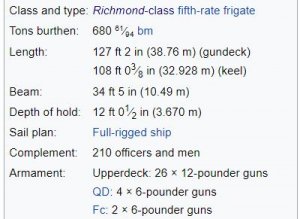
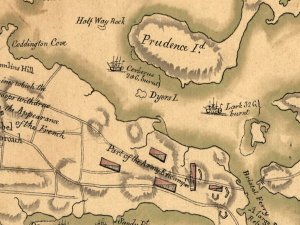


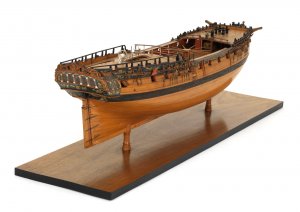
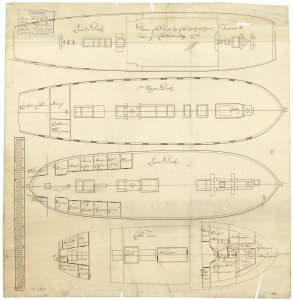
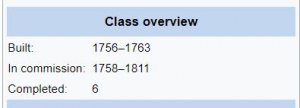
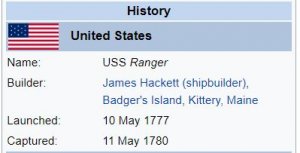

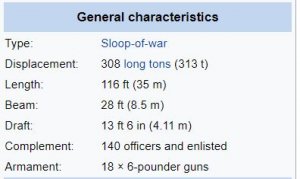
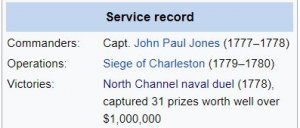
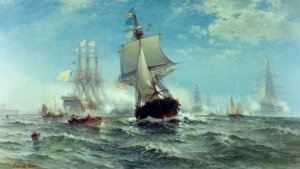
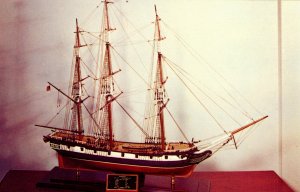
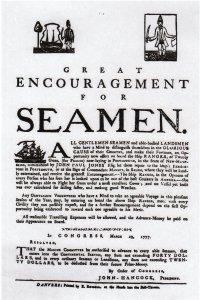
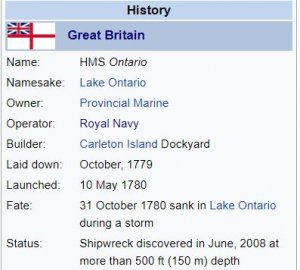
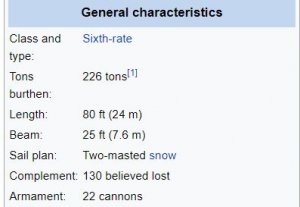
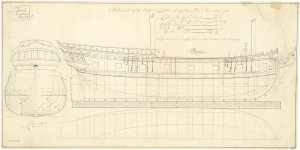
 of the sinking of the Ontario was kept quiet for a number of years to hide the military loss.
of the sinking of the Ontario was kept quiet for a number of years to hide the military loss.
